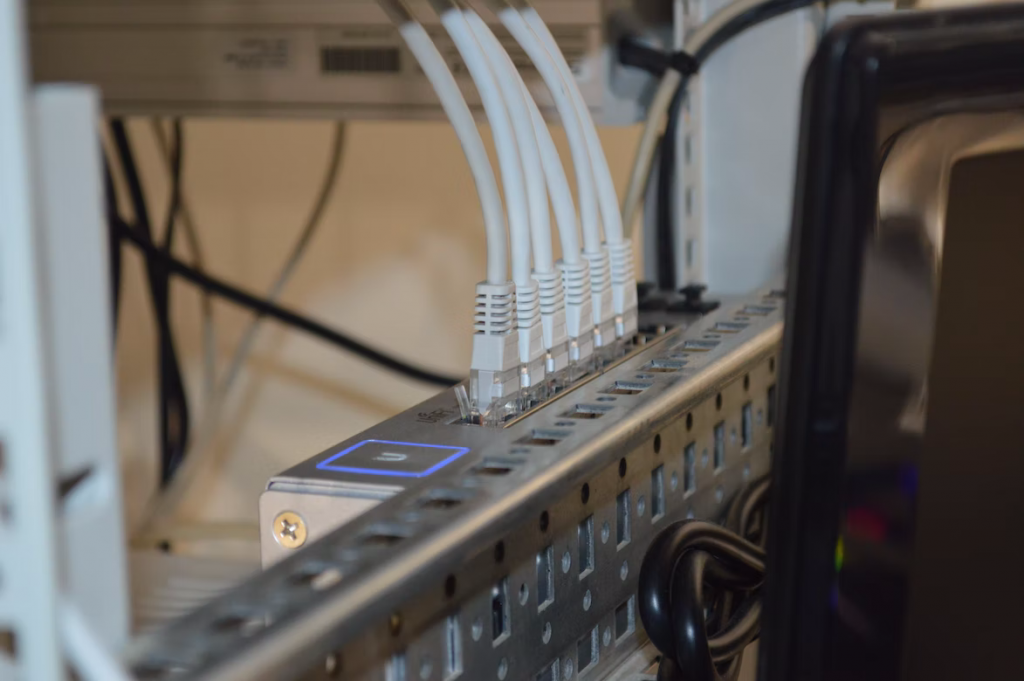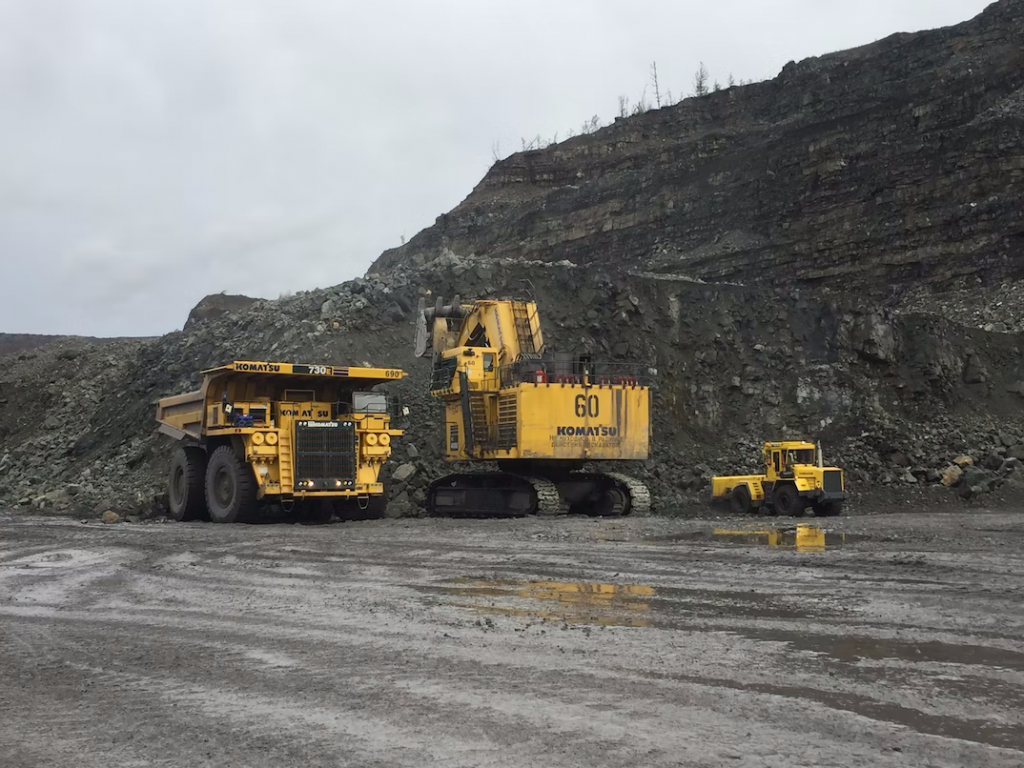Most people imagine monstrously large trucks and drills when they hear the words “mining and metals industry.” This view is partially accurate, as mining uses some of the most cutting-edge, specialized machinery in the world. The industry now also needs to consider the importance of sophisticated software to go with its impressive hardware. Digitalization is the key to enhancing every operation, from increased yields to reduced fuel costs. The time to refocus is now so make sure to explore the five ways that digitalization can benefit an operation.
1. The Internet of Things (IoT)

The internet of things, often referred to as IoT is a blanket term for the growing interconnectivity of devices. This can range from a smartphone telling a coffee maker when to start to mining sensors directly communicating with hauling vehicles in a mine. Developments in this field are one of the key factors allowing digital technology into such a tactile industry as mining. Integrating the IoT into an operation allows miners to communicate with and view their equipment remotely. Managers can then use this data to plan out predictive maintenance, decreasing costs in the long run.
2. Workforce training and substitution
As the industry develops more and more sophisticated technologies, access to skilled labor is a growing concern. Industry leaders already see workforce retention and training as the second largest risk area for mining. The industry has to compete with other fields for new technical experts in AI, sustainable energy, and automation. Labor shortages are compounded by the steadily rising costs of training. Mines are high-tech operations, requiring highly skilled workers. Digitalization can offset some of these risks by reducing the amount of personnel required to run a mine. Similarly, digital skill sets can be acquired remotely, which would allow a company to reduce training costs.
3. Digital twins
A digital twin is a computer model of the mine and mining equipment. This gives the operations a twofold benefit. Firstly, the miners can monitor the entire system remotely, from gross daily output to the status of individual valves. Workers can use this abundance of data to plan daily operations and understand the inner workings of the mine. Secondly, digital twin technology also allows mining companies to benefit from advancements in AI technology. An AI can evaluate long and short-term data to show the company ways to improve efficiency and productivity. A digital twin also compliments the previous point, as it allows a new workforce to more quickly familiarise themselves with a mine.

4. Augmented reality
Similar to a digital twin, augmented reality or AR allows anyone with the necessary hardware to “visit” a mine. On the surface, this seems like a simple way to familiarise new staff with the operation. However, AR brings a suite of other benefits. Workers inside the mine can get instructions and other vital information directly in their AR glasses. This benefits both their effectiveness and safety. Workers gain increased situational awareness, which is vital in a busy and often dangerous environment like a mine.
5. Automation

While not as attention-grabbing as self-driving cars, the mining industry has actually been at the forefront of vehicle automation. Since the early 2000s, mines around the world have benefited from self-driving trucks, loaders, haulers, and a plethora of other vehicles. The benefits are clear, automated vehicles are safer and more efficient than their human-driven equivalents. The AI that guides, for example, an excavator can predict and choose the most fuel-efficient route whenever it moves. As wireless technology has developed, particularly with new 5G networks, mining operations are able to expand their automated fleets. This helps offset the risks of labor shortages, as an automated mine does not need as many workers.
So what should be done?
The mining industry is in a perfect position to benefit from recent innovations in wireless networks and artificial intelligence. Digitalization can mean a new era of high-efficiency mining if implemented correctly. Mining operations should do a comprehensive overview of their facilities and equipment to find areas where digital technology can help. Companies should investigate how other mines have started to overhaul their technology. Different situations require different solutions and paths, so learning from others is a smart way to avoid any potential pitfalls.
There are many paths the industry can take to embrace this technology. Companies around the globe are actively seeking means and methods to implement and scale up digitalization. Join key decision makers at the Mining 4.0: Roadmap for the future summit, November 8-9th in sunny Barcelona. Industry leaders will gather to discuss and exchange the best practices for finding solutions that fit their operations.
